Tire Size 255/70r17 vs 265/70r17
The main difference between tire sizes 255/70r17 and 265/70r17 lies in the section width. The tire size 265/70r17 is around 10 mm wider than the 255/70r17 tire size. This results in a larger contact patch and more grip at the expense of slightly increased rolling resistance.
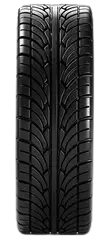

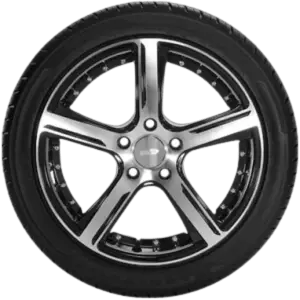





| / | R |

| / | R |
| Parameter | 235/35 R18 | 205/40 R18 | Differ. |
|---|---|---|---|
| Tire Height | |||
| Section Width | |||
| Circumference | |||
| Sidewall Height | |||
| Revolutions | |||
| Rim Size |
Fitment Guide
When replacing tires, staying within 3% of the original tire’s overall diameter is important to avoid any issues. Going beyond this 3% threshold may require modifications like a leveling kit or lift kit to accommodate the new size.
The 255/70r17 and 265/70r17 sizes are quite close, with the 265 being only 1.8% larger overall diameter. So, in most cases, upgrading from 255 to 265 on the same 17″ wheel shouldn’t cause major fitment issues or require modifications. But double-checking for potential rubbing at full lock is still a good idea.
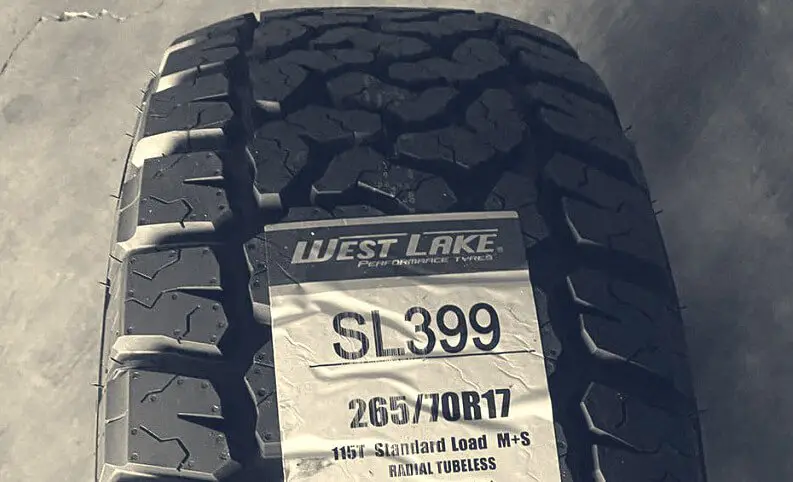
Ground Clearance
The slightly larger 265/70r17 provides an extra 0.55 inches (14mm) of ground clearance compared to the 255/70r17. This can be beneficial for off-road driving, clearing obstacles, or navigating rough terrain.
However, the increased diameter will also cause a small 1.7% drop in speedometer reading. So, the vehicle may be traveling slightly faster than the speedo indicates with the 265 size fitted.
Gas Mileage
With a lighter overall weight and marginally smaller contact patch, the 255/70r17 will likely offer slightly better fuel efficiency than the 265/70r17. The larger size has more rolling resistance and rotational mass, which can reduce the economy.
Ride Comfort
The 265/70r17’s additional sidewall height gives it a better capability to absorb impacts from bumps and uneven surfaces. This cushions the ride, providing more comfort, especially over rough terrain.
The 255/70r17, with its shorter sidewall, transmits more vibration and road noise into the cabin. So, the 265 has an advantage in ride quality.

Aesthetics
Visually, the difference between the two sizes is relatively minor. The 265 will have a slightly taller sidewall, which gives a subtly “stretched” look compared to the 255. This is often considered an attractive aesthetic for trucks and SUVs.
Handling & Stability
The 255/70r17, with its shorter sidewall, offers quicker steering response and handling precision, especially on paved roads. The 265/70r17’s extra sidewall flex reduces handling sharpness a little.
However, the 265 provides more stability and traction off-road or on loose surfaces, thanks to the taller sidewall and increased tire footprint.
Noise & Vibration
As mentioned above, the 255/70r17’s stiffer sidewall transmits more road noise and vibration to the cabin. The 265/70r17’s additional sidewall flex helps isolate and dampen vibrations for a smoother, quieter ride.
Durability & Wear
With even footprint wear and potentially longer tread life, the 255/70r17 may have a durability advantage over the 265. The larger 265 stresses components and adds rotational mass, which can increase wear rates.
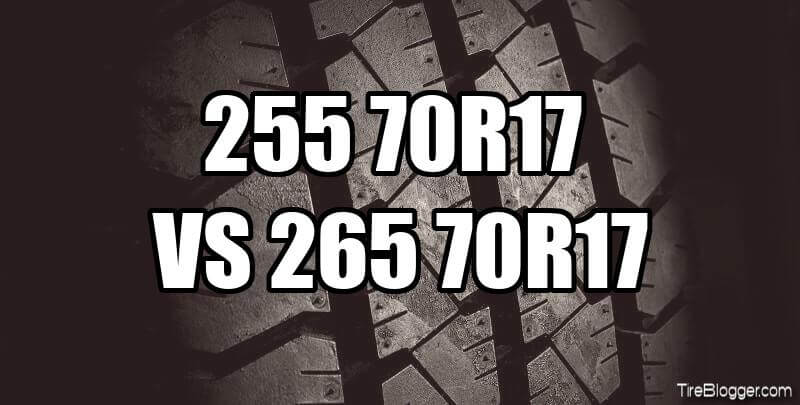
Adverse Conditions
Performance in snow, ice, rain, and off-road is quite similar overall. The 255/70r17’s narrower footprint can sometimes cut through snow better. But the 265/70r17’s extra grip makes up for this with excellent traction.
Speedometer Difference
At an actual speed of 20 mph, the speedometer reading will be slightly different between 255/70r17 and 265/70r17 tires. The 255/70r17 tires will register an exact speedometer reading of 20 mph.
However, the 265/70r17 tires, with a marginally larger diameter, will show a speedometer reading of 20.35 mph at the same true speed of 20 mph.
This 0.35 mph difference highlights the minor variation in speedometer accuracy between these two tire sizes.
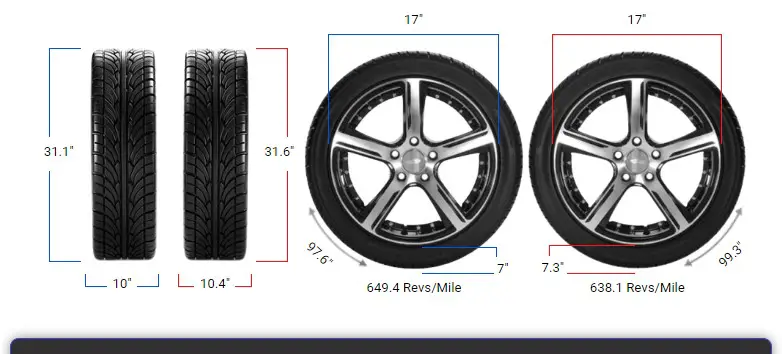
Alternative For 265/70r17
To ensure the proper functioning of your speedometer and odometer, it is important that the diameter of your new tires is within 3% of the diameter of your original tires.
| Tire Size | Overall Diameter | Difference |
|---|---|---|
| 235/75R17 | 30.9″ (784 mm) | -2.5% |
| 255/70R17 | 31.1″ (790 mm) | -1.7% |
| 275/65R17 | 31.1″ (790 mm) | -1.7% |
| 305/60R17 | 31.4″ (798 mm) | -0.7% |
| 245/75R17 | 31.5″ (800 mm) | -0.5% |
| 285/65R17 | 31.6″ (802 mm) | -0.2% |
| 235/80R17 | 31.8″ (808 mm) | 0.5% |
| 345/55R17 | 32″ (812 mm) | 1% |
| 255/75R17 | 32″ (814 mm) | 1.2% |
| 275/70R17 | 32.2″ (818 mm) | 1.7% |
| 305/65R17 | 32.6″ (828 mm) | 3% |
Alternative For 255/70r17
Your new tires should be within 3% of the diameter of your original tires. This ensures that your speedometer and odometer will function properly
| Tire Size | Overall Diameter | Difference |
|---|---|---|
| 225/75R17 | 30.3″ (770 mm) | -2.5% |
| 285/60R17 | 30.5″ (774 mm) | -2% |
| 245/70R17 | 30.6″ (776 mm) | -1.8% |
| 265/65R17 | 30.6″ (776 mm) | -1.8% |
| 235/75R17 | 30.9″ (784 mm) | -0.8% |
| 275/65R17 | 31.1″ (790 mm) | 0% |
| 305/60R17 | 31.4″ (798 mm) | 1% |
| 245/75R17 | 31.5″ (800 mm) | 1.3% |
| 285/65R17 | 31.6″ (802 mm) | 1.5% |
| 265/70R17 | 31.7″ (804 mm) | 1.8% |
| 235/80R17 | 31.8″ (808 mm) | 2.3% |
| 345/55R17 | 32″ (812 mm) | 2.8% |
Our Observation
After reviewing the data, I’m struck by how similar the 255/70R17 and 265/70R17 tire sizes really are. The differences are minor overall – 10mm more width and 1.8% larger diameter on the 265.
For most drivers, either tire should perform well. However, I’m leaning towards recommending the 265 size for its small but meaningful advantages. The slightly taller sidewall improves ride comfort and absorbs bumps better.
The wider tread provides a bit more grip and stability off-road. And I find the stretched, rugged look more aesthetically pleasing on trucks and SUVs. Unless fuel economy is a top priority, the 265 is the best blend of capability, comfort, and style.

Meet Caitlin McCormack, a Tire Size Expert and Blogger Passionate About Everything Related to Tires. With Years of Experience in the Tire Industry, Caitlin Has Become an Expert in Tire Sizes and Their Impact on Vehicle Performance.
